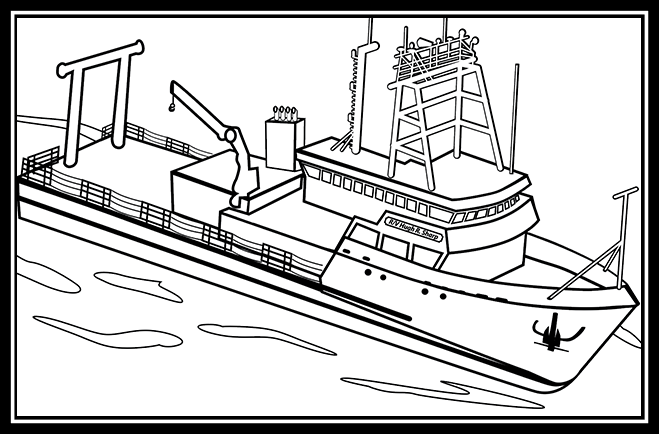To share the latest coastal science while protecting our community during the COVID-19 pandemic, we will be hosting Coast Day 2020 as a virtual event.
Read MoreThe Lewes campus is closed for 2020. The FREE event this year is being held online but registration is required.
Read MoreThe R/V Hugh R. Sharp is a 146-foot, state-of-the-art coastal research vessel that operates as a member of the University-National Oceanographic Laboratory System (UNOLS).
Read MoreThe diverse collection of organisms can be important in the food chain that forms the basis of life in the water.
Read MoreDogfish Sharks are considered one of the most abundant living shark species in the ocean, but are harmless to humans.
Read MoreMenhaden are harvested for use as fertilizers, animal feed, and bait for fisheries including blue crab and lobster.
Read MoreThe R/V Joanne Daiber provides an outstanding experiential classroom for students engaged in coastal research.
Read MoreBlue crabs support one of the most valuable fisheries along the U.S. Atlantic coast.
Read MoreIn 2010, the University of Delaware and Gamesa Technology Corporation (now Siemens Gamesa Renewable Energy) joined forces to install a utility-scale 2-megawatt (2-MW) wind turbine at UD’s Hugh R. Sharp Campus in Lewes.
Read MoreOysters are a crucial component of global ocean health, providing food, jobs and habitat.
Read MoreThe Red Knot make one of the longest annual migrations on Earth, traveling up to 9,300 miles. The migration is timed to coincide with the spawning season for the horseshoe crab.
Read MoreEach spring, Horseshoe crabs lay their eggs on Delaware’s beaches.
Read More











